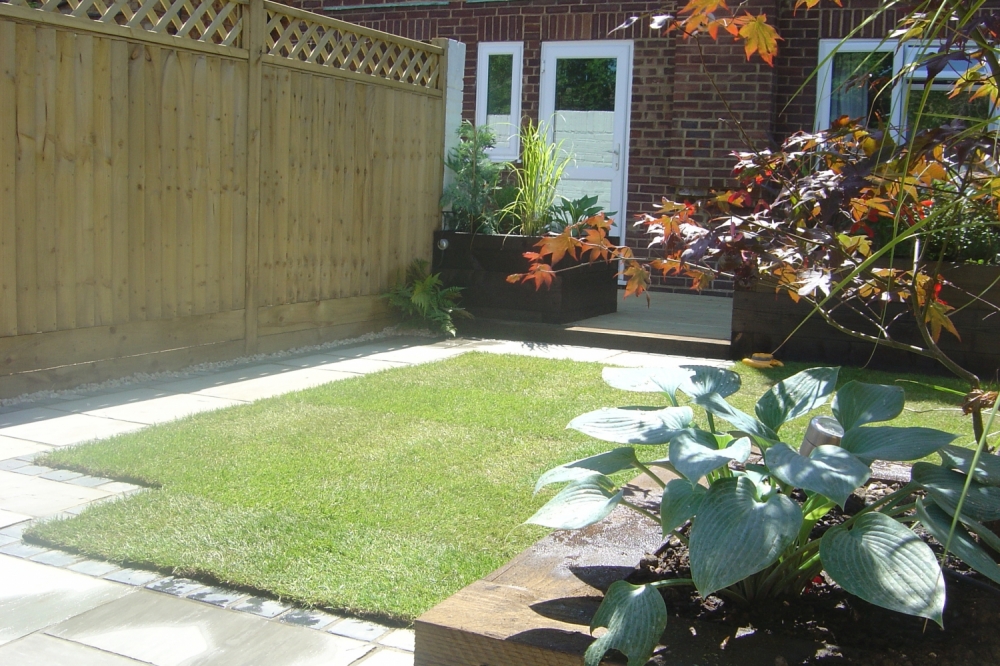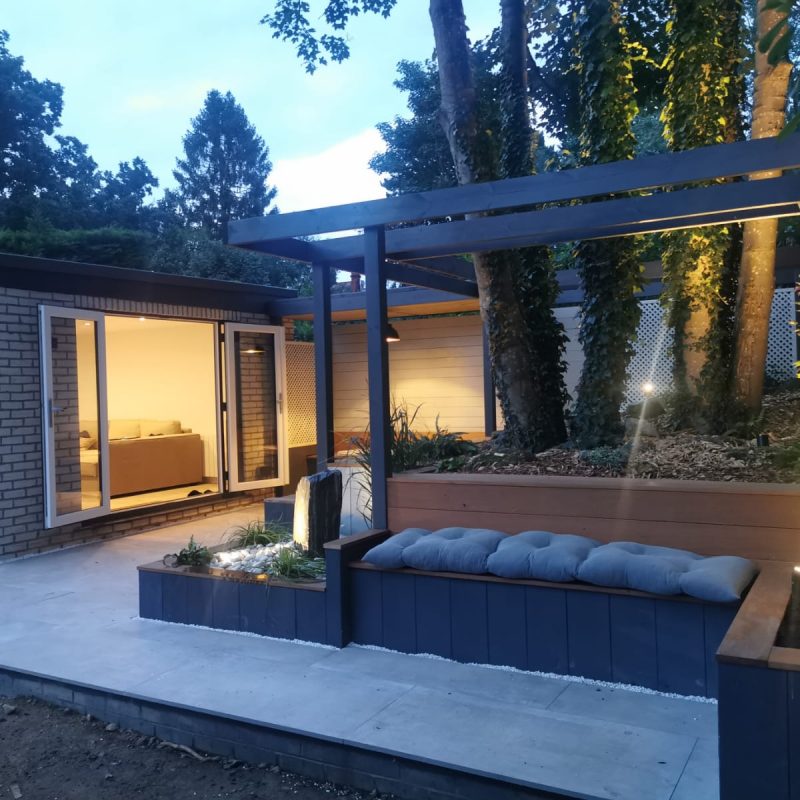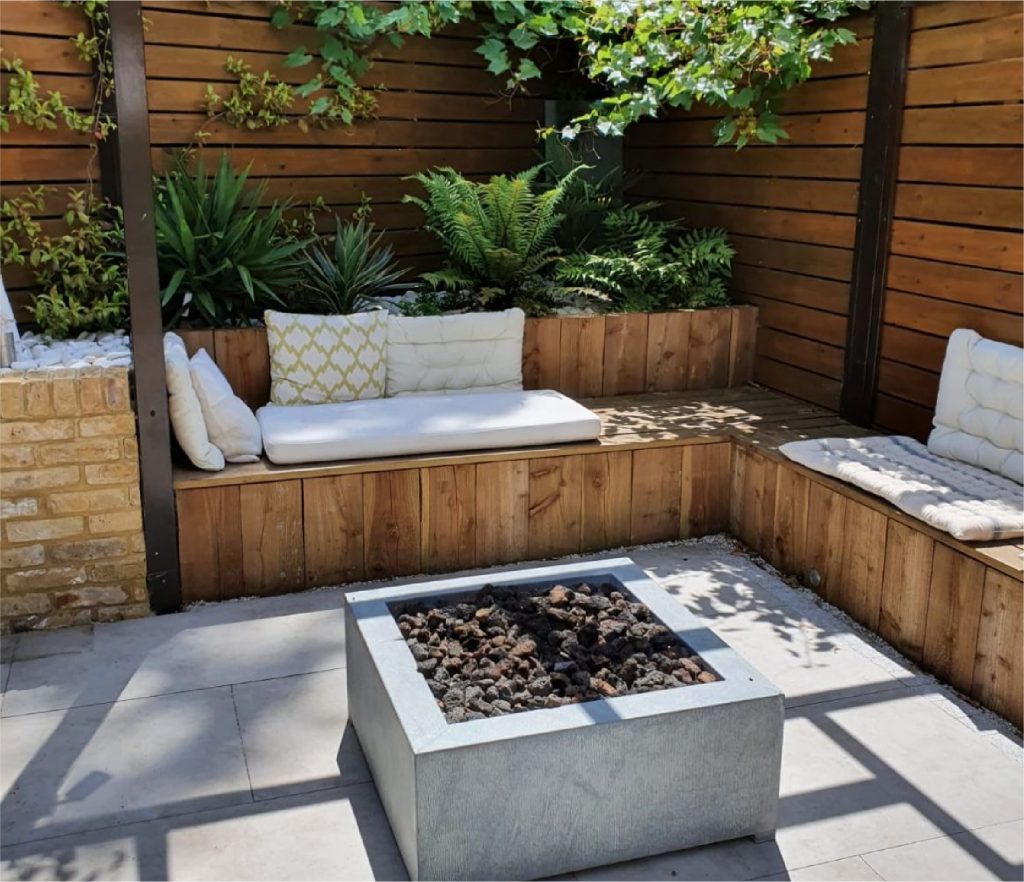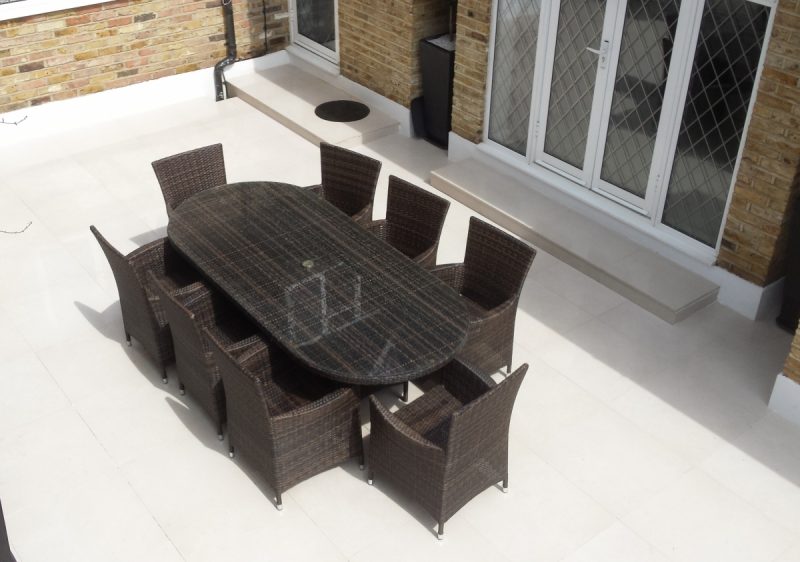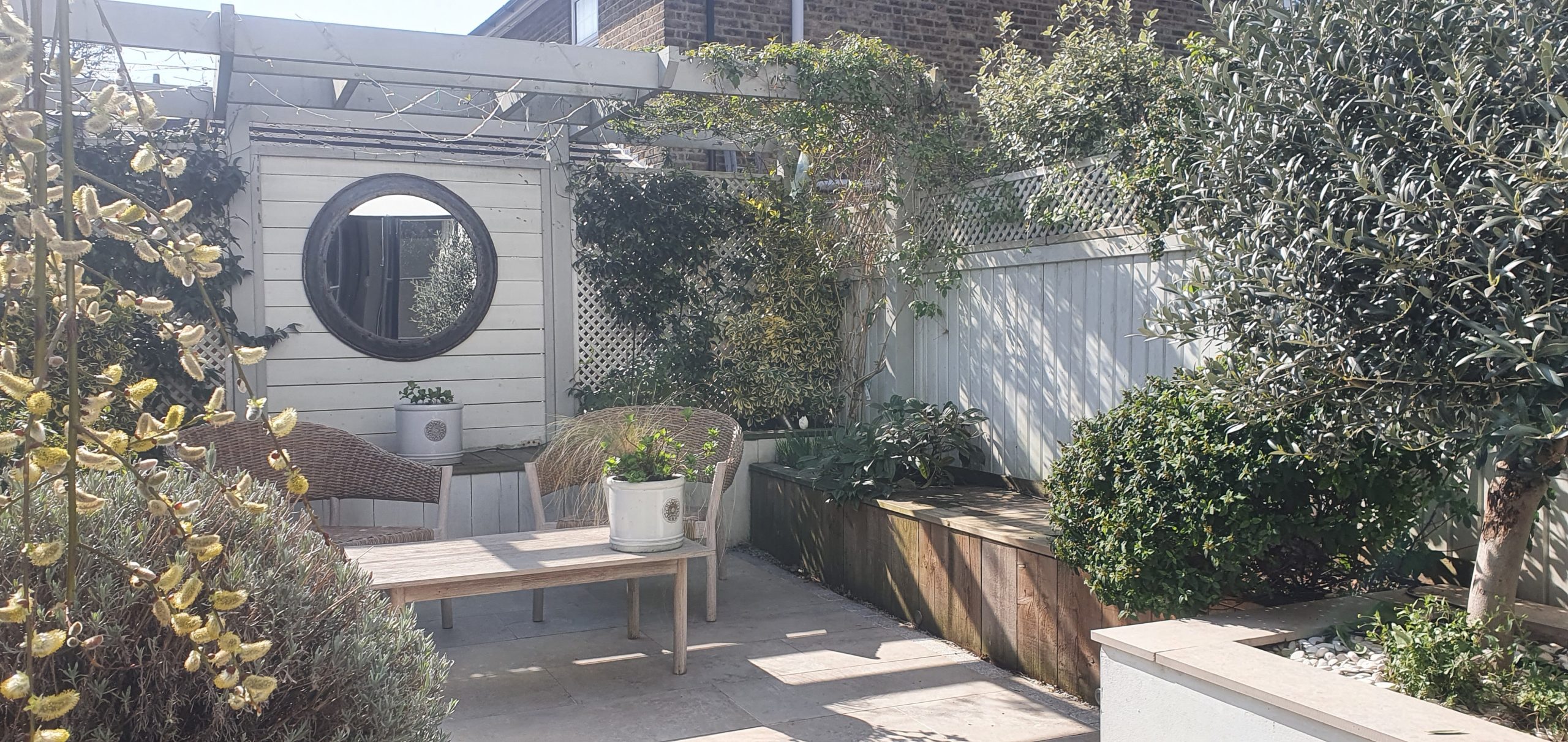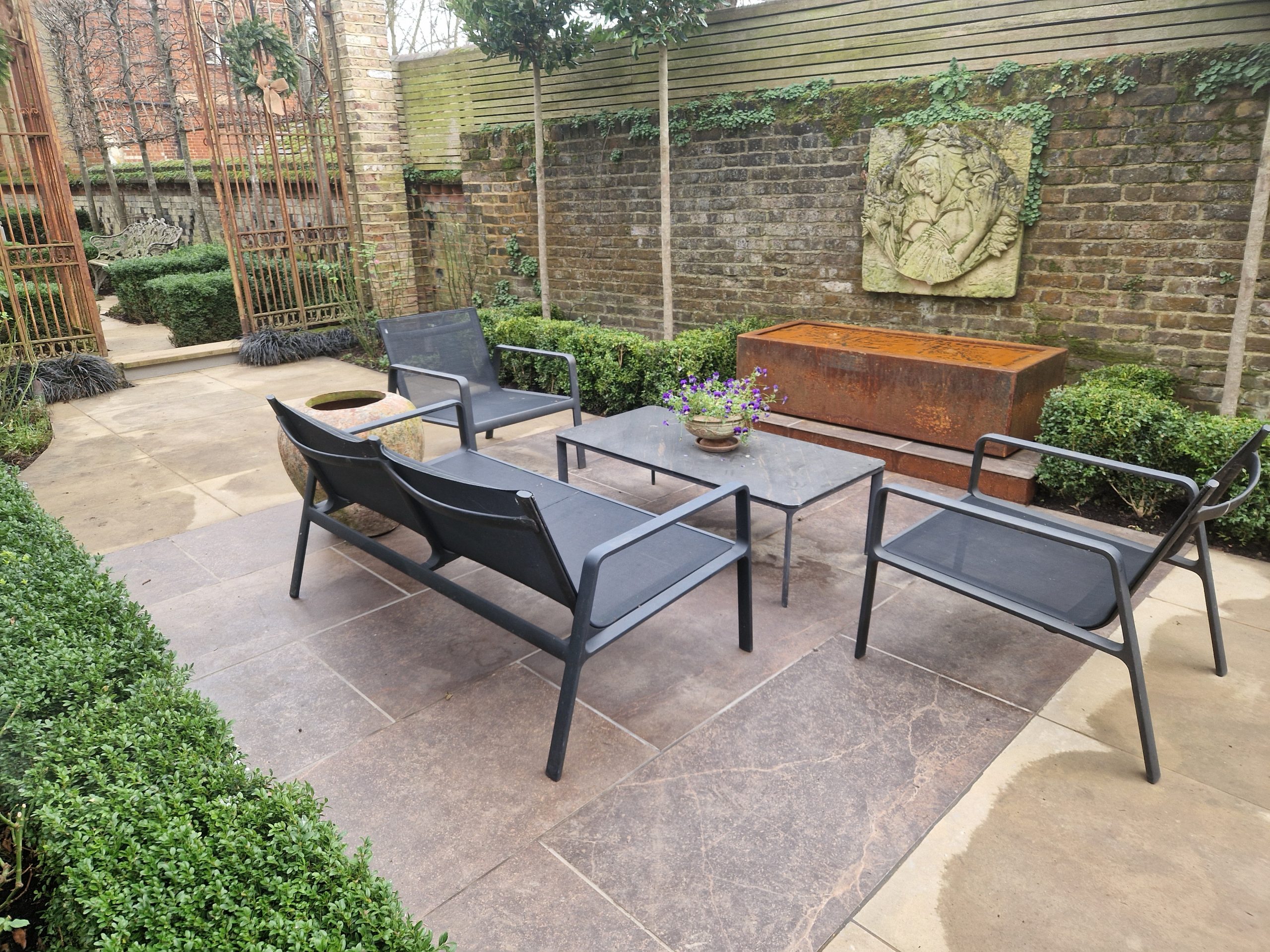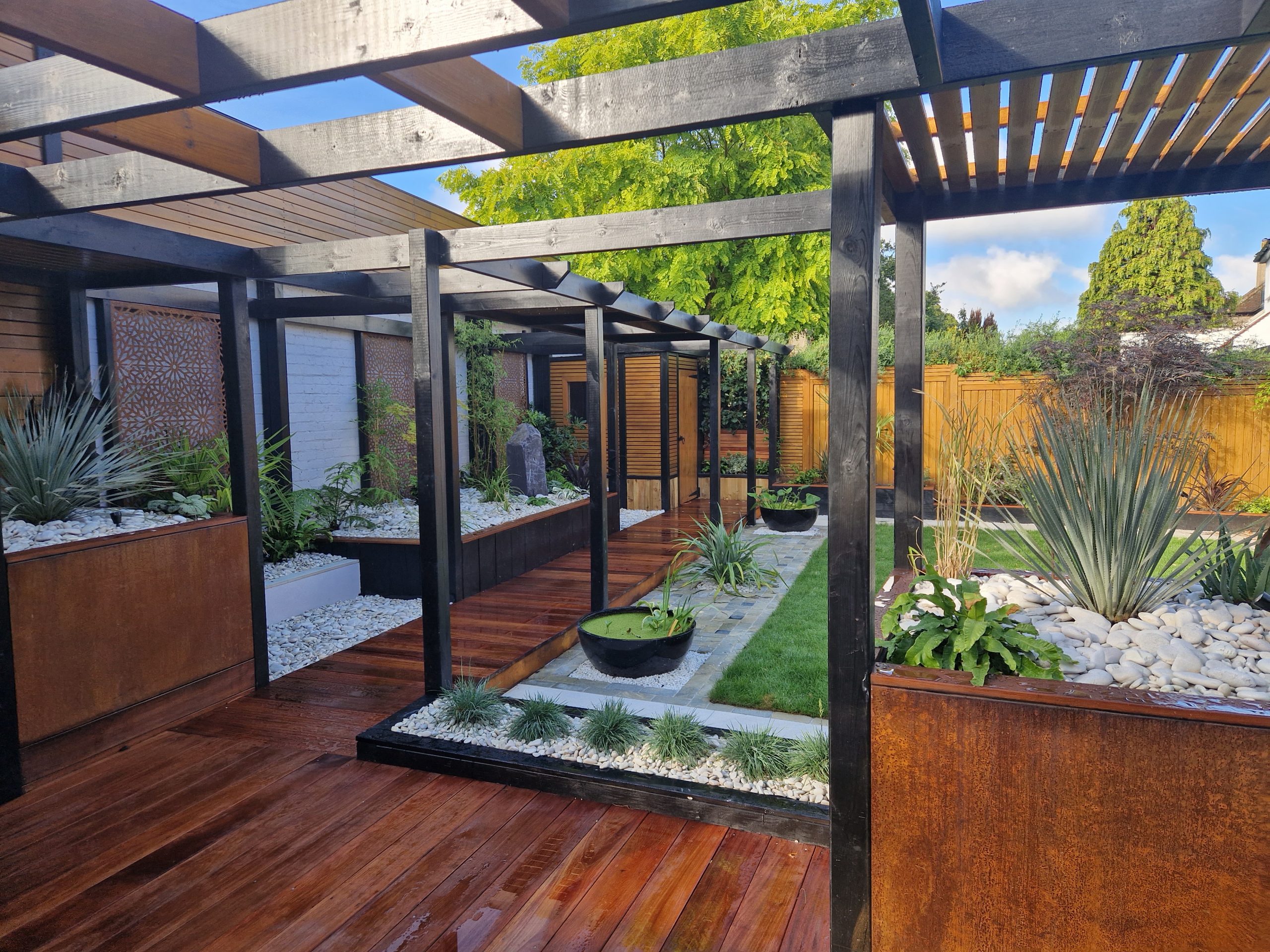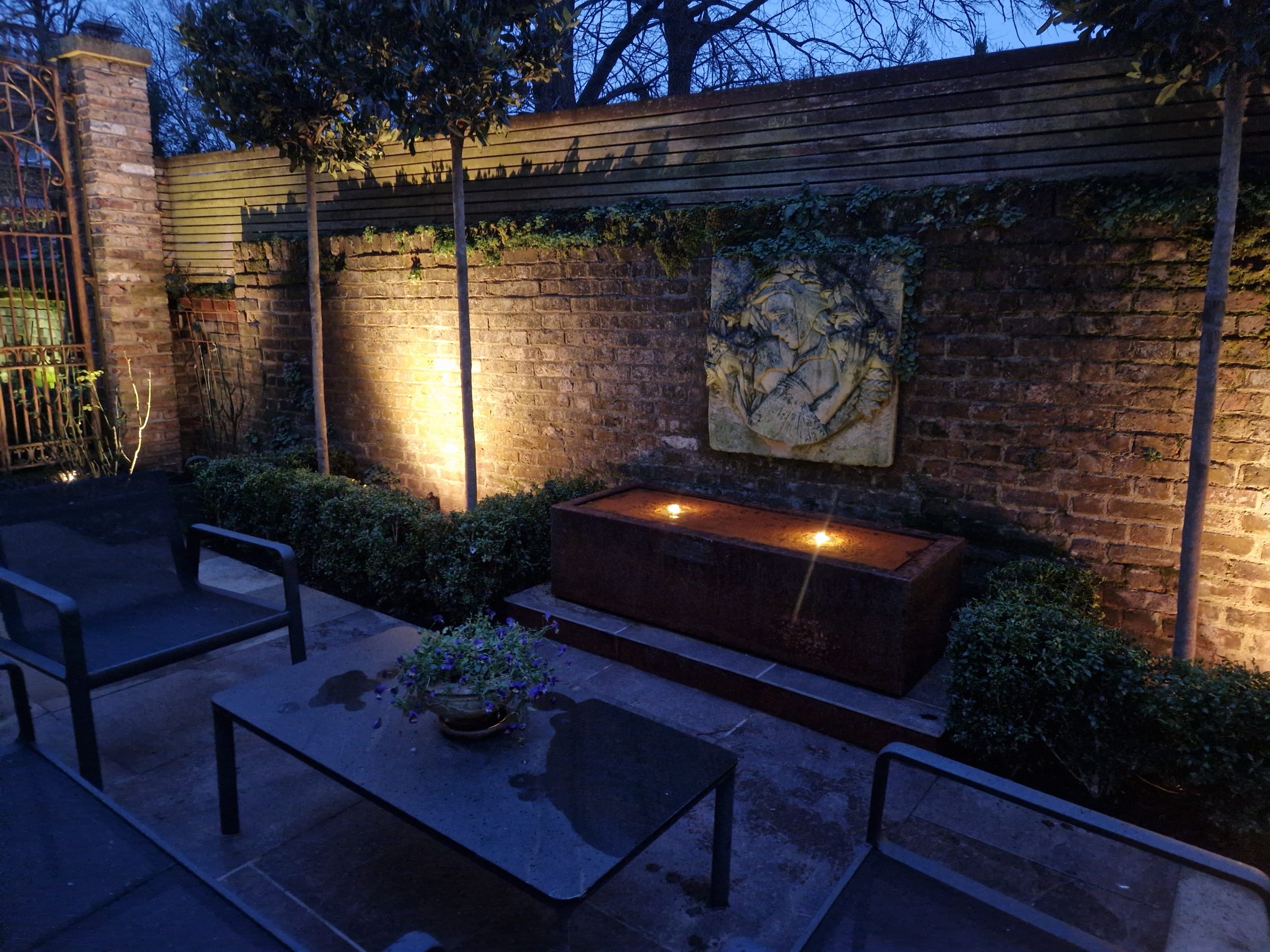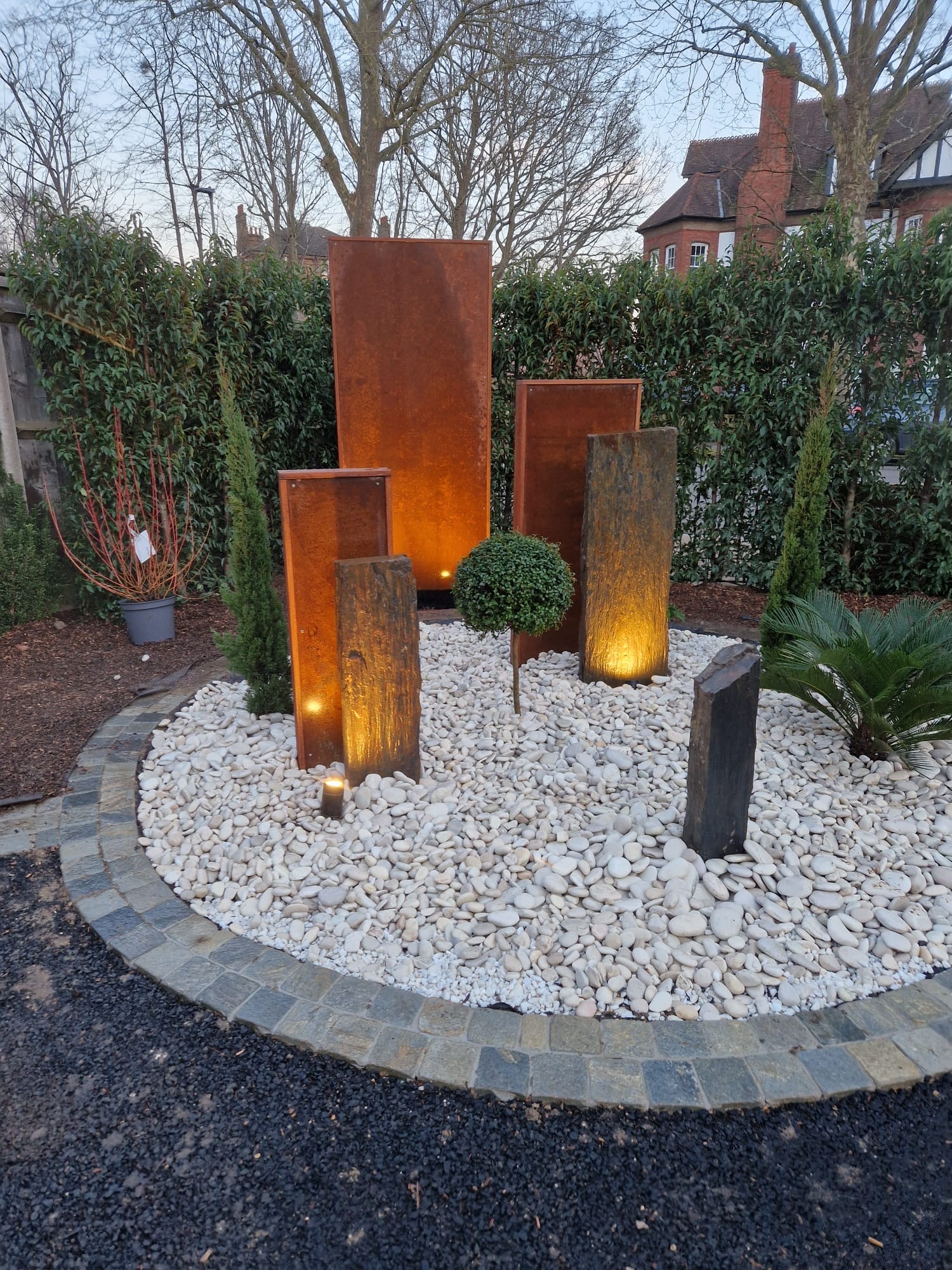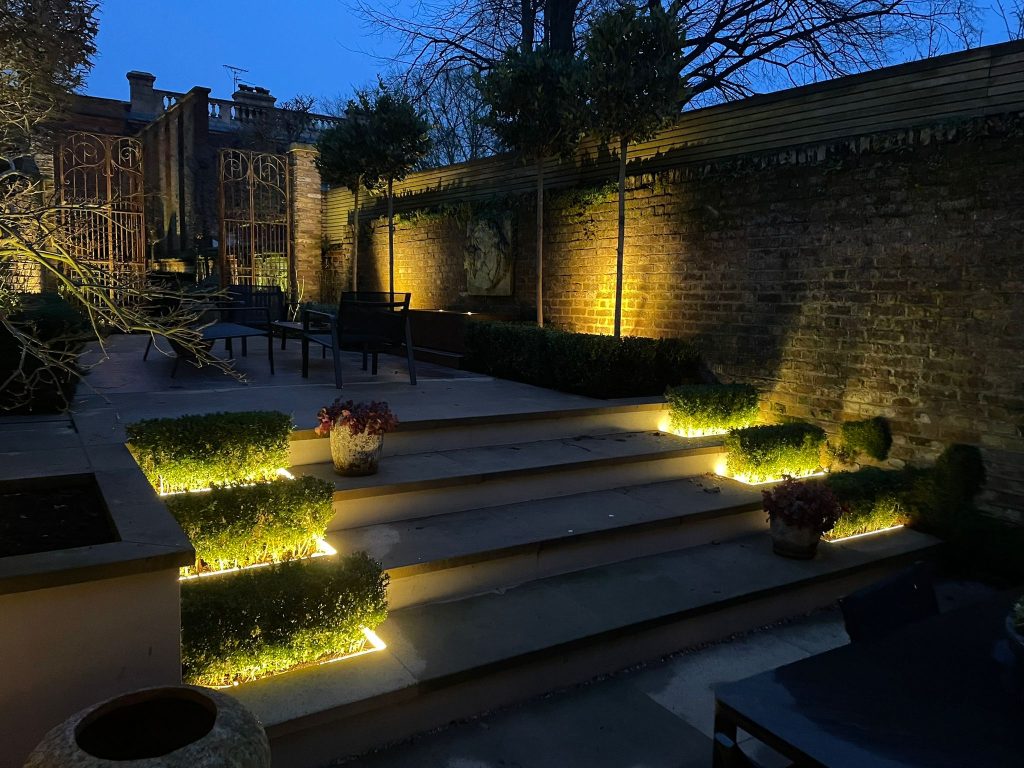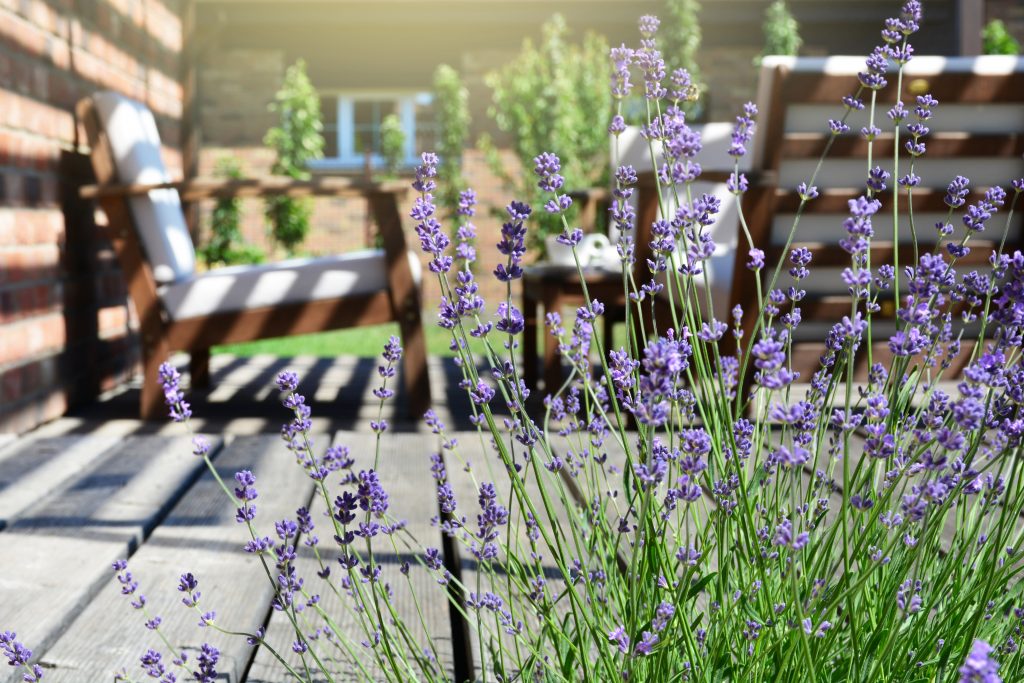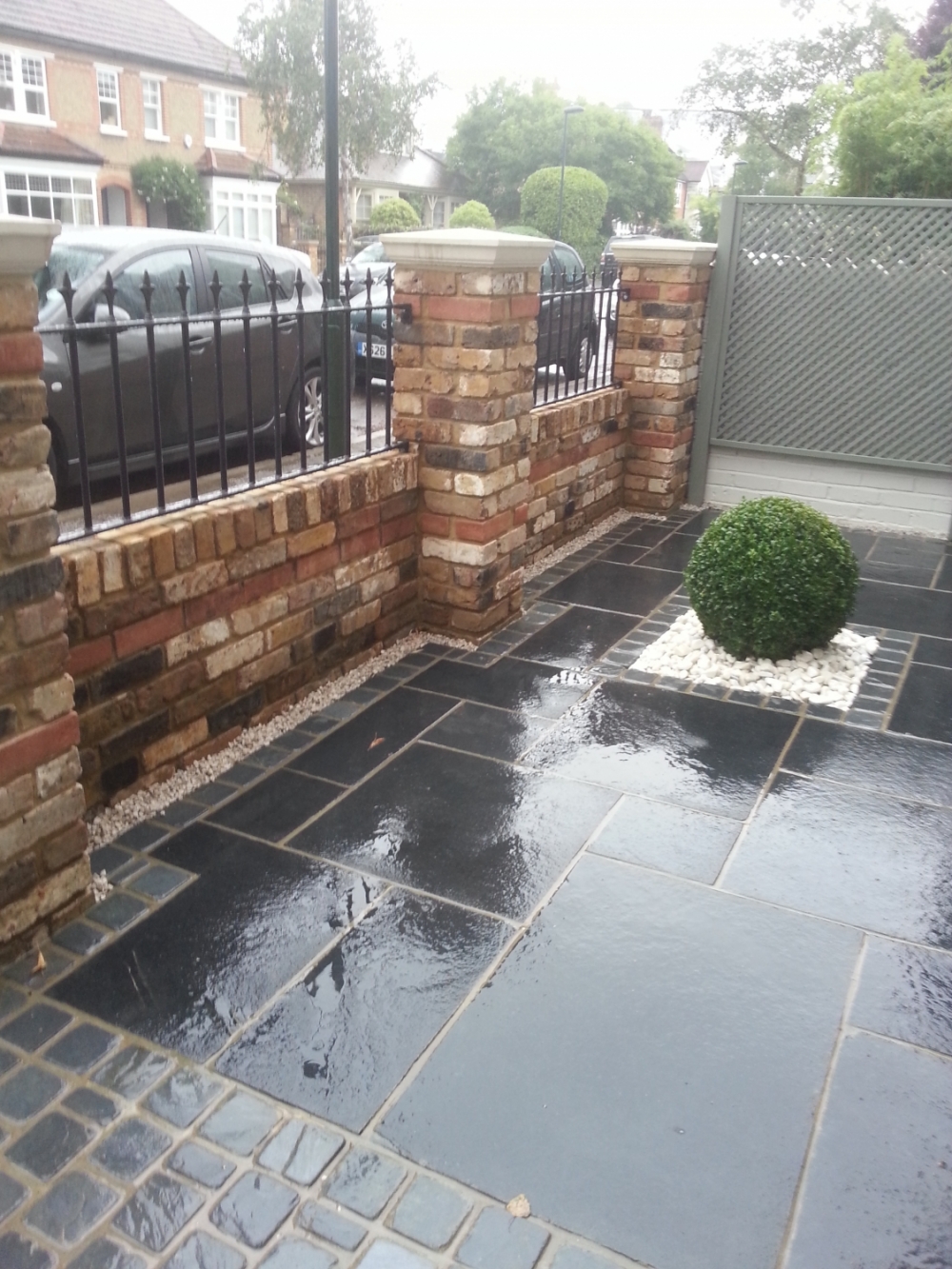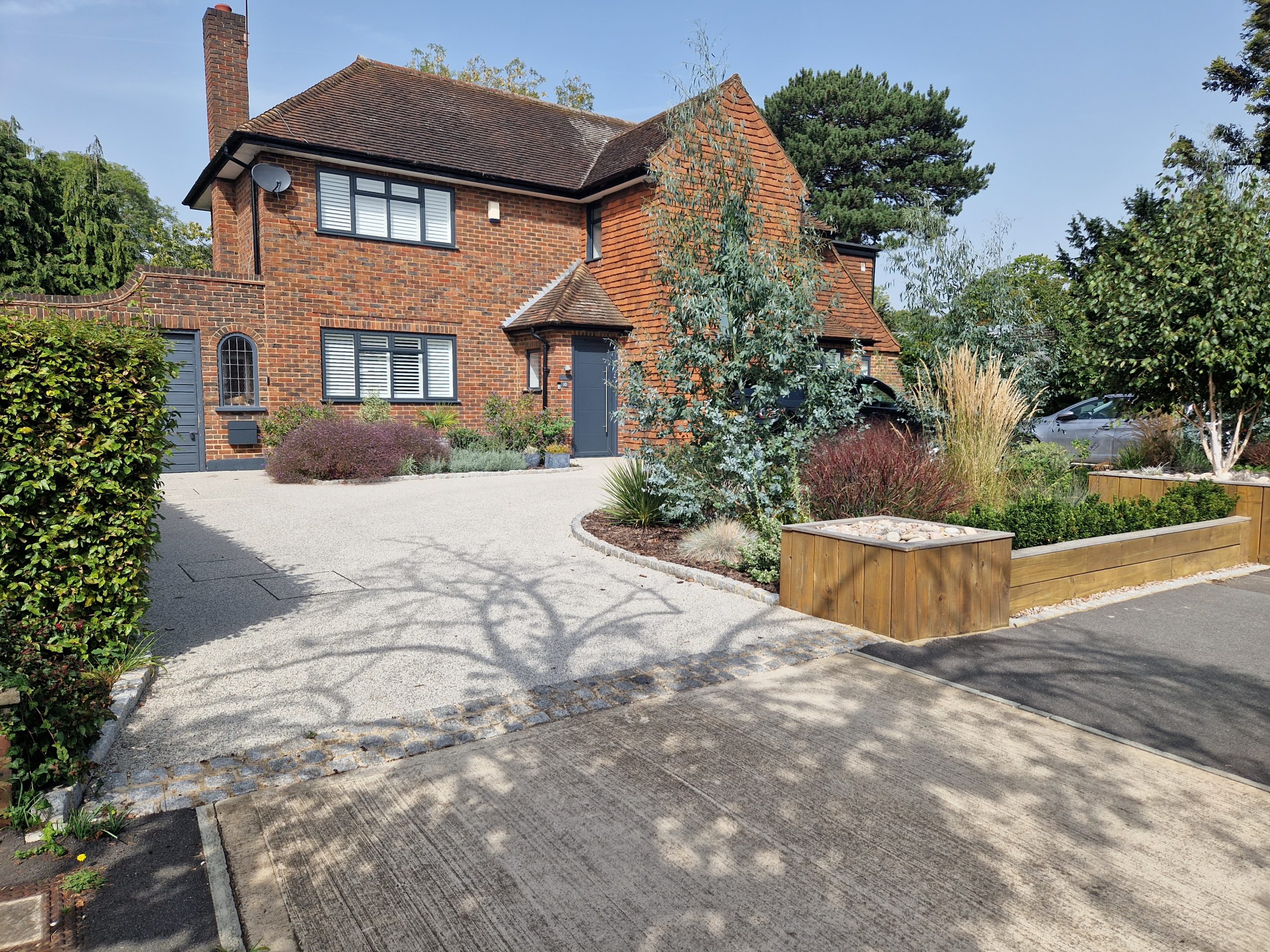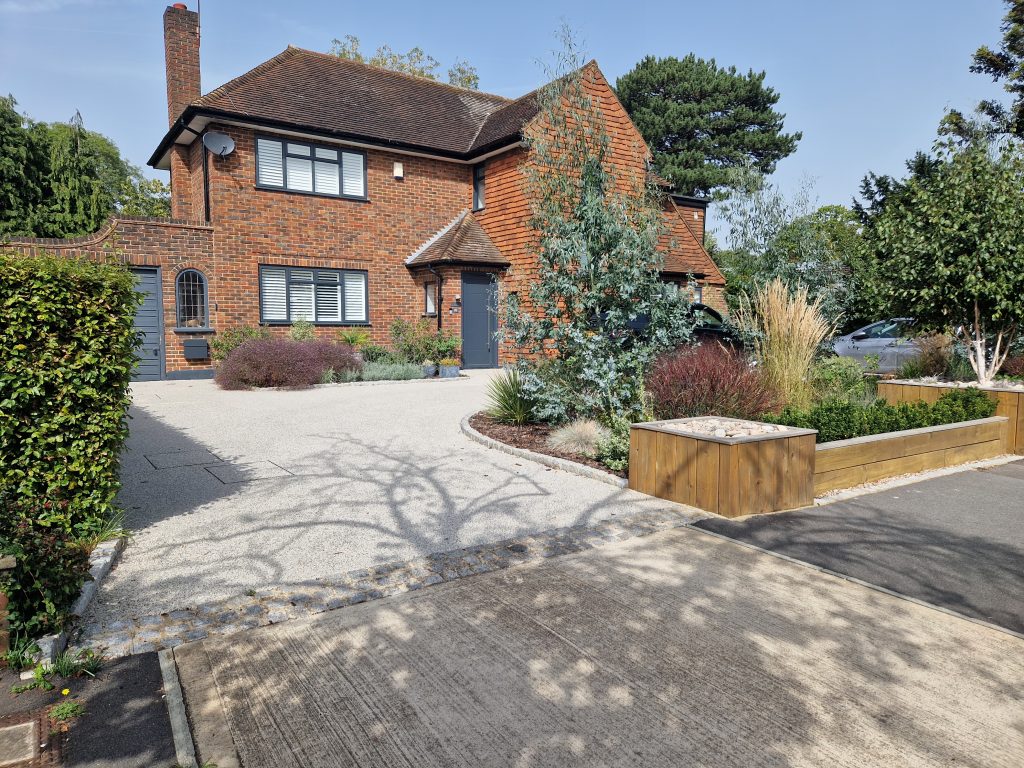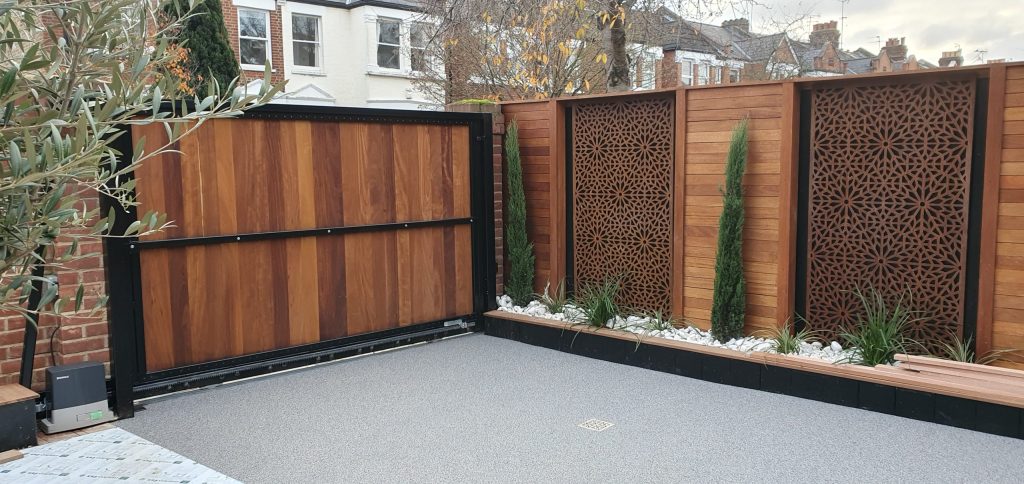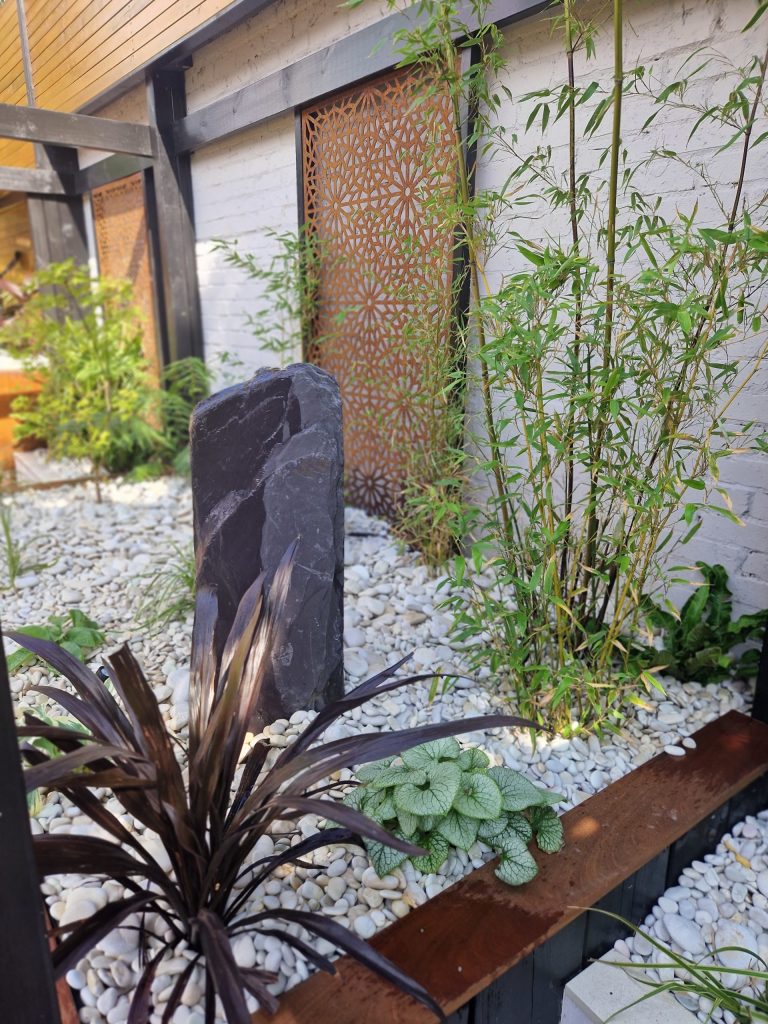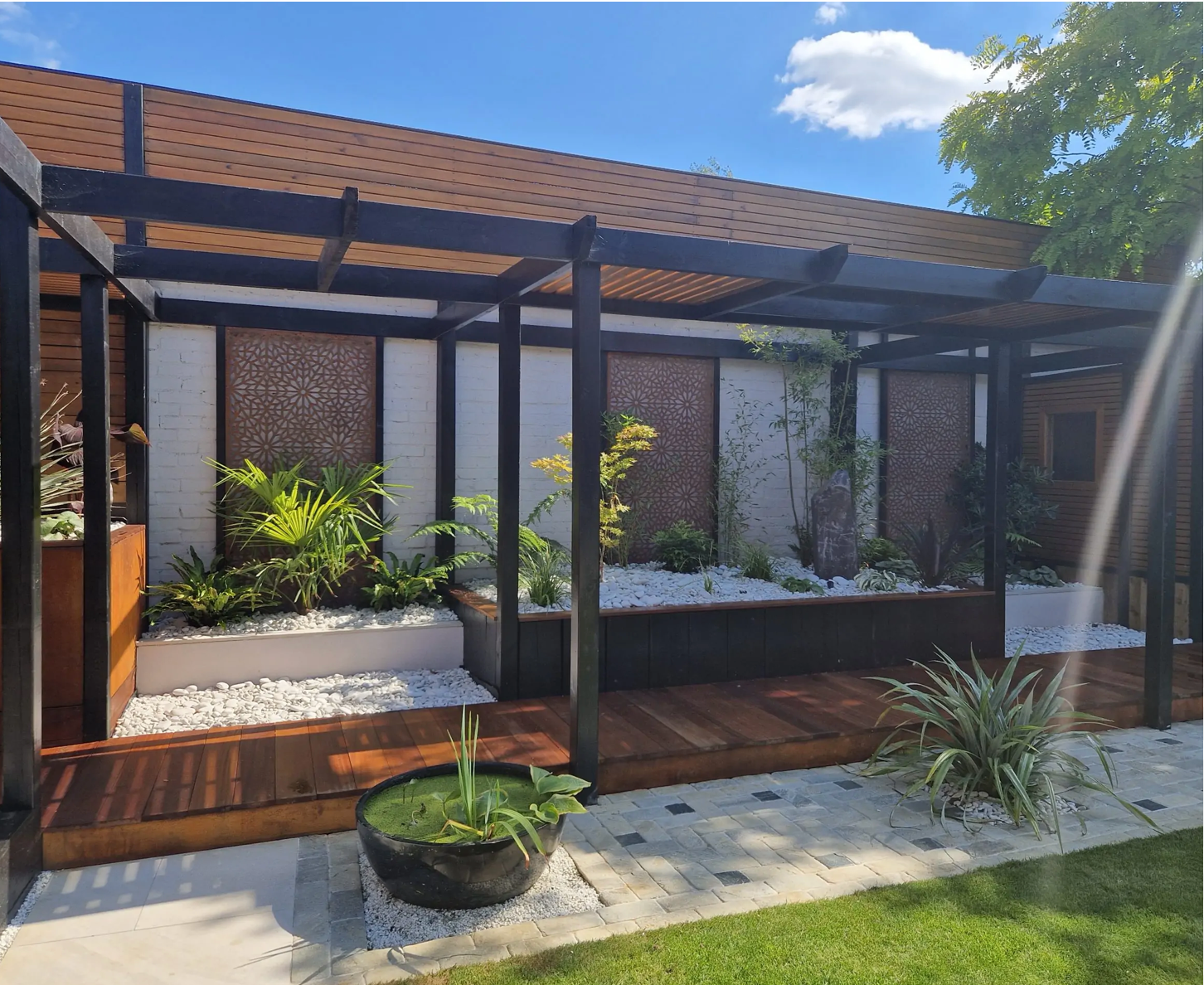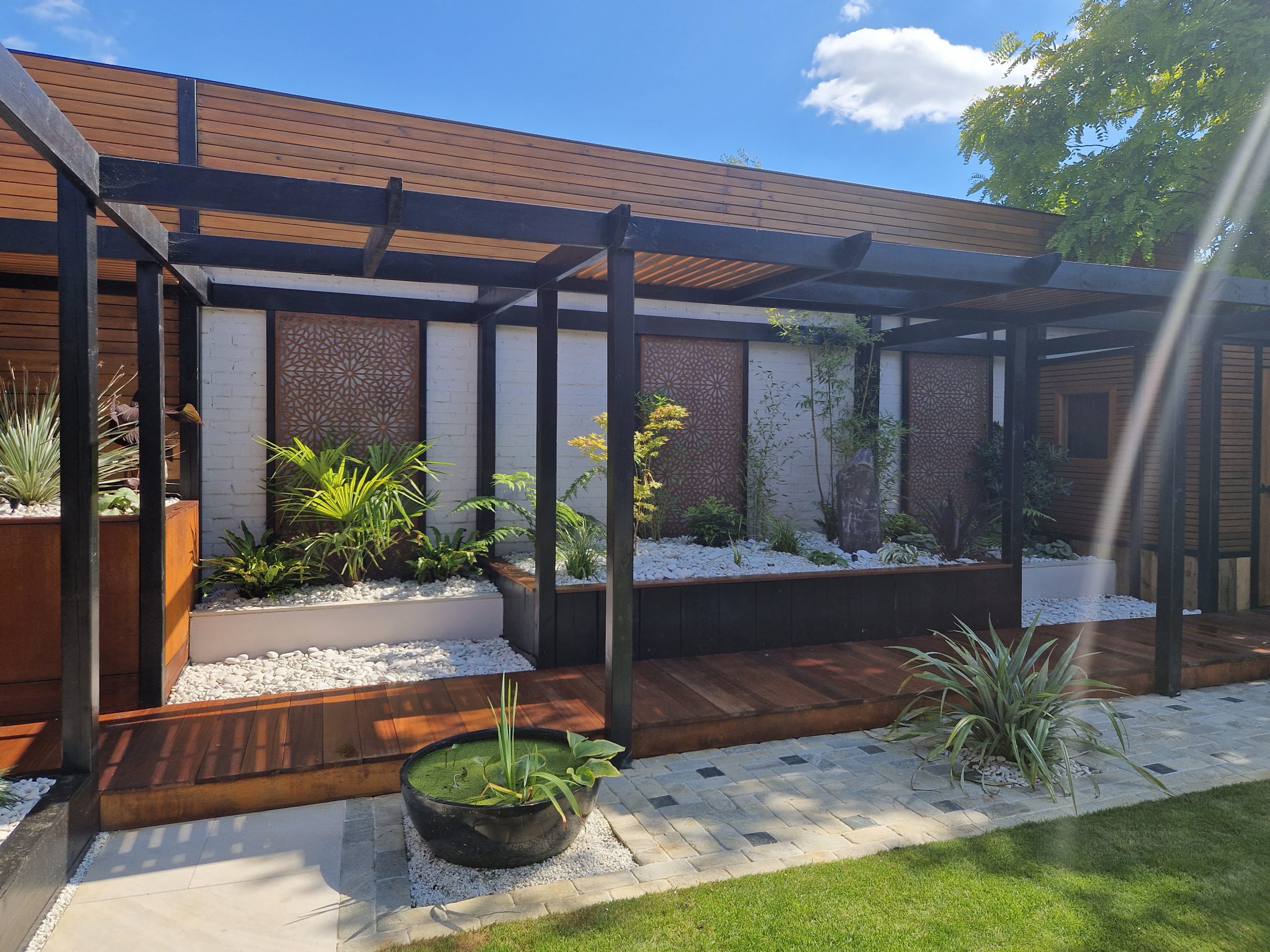Planning a Family Garden and How Best to Bring It to Life
There’s something truly special about a garden that the whole family can enjoy. Whether you’ve got a large garden or a small garden, planning a family garden and how best to bring it to life is not only fun and rewarding—it can also bring your household closer together. Considering your garden space is crucial when planning, as it will determine whether you opt for raised beds, containers, or in-ground gardens. From tasty vegetables and fragrant flowers to shady trees and useful herbs, your outdoor space can be transformed into a vibrant, living extension of your house.
In this blog, we’ll explore the benefits of a family garden, how to turn your vision into reality, which plants to grow, how to communicate with a garden designer, and why Taylored Gardens is the number one choice for creating a garden full of life, love, and fresh produce.

The Benefits of a Family Garden
A family garden is more than just a pretty space—it’s a place to learn, grow, relax, and, most importantly, grow vegetables that the family eats regularly! Here are just a few of the benefits:
- Healthier Eating Habits: When kids see how much effort goes into growing vegetables, they’re more likely to try them! Imagine harvesting your own tomatoes, cucumbers, and runner beans straight from your vegetable beds.
- Outdoor Time: A well-planned garden layout encourages everyone to spend more time outside, soaking up the sun and staying active.
- Learning Opportunities: From understanding frost dates to practicing crop rotation, there’s so much valuable information packed into a single season.
- Togetherness: Planting, weeding, watering, and harvesting are all great family activities that build teamwork and lasting memories.
- Sustainability: Growing your own food helps reduce food miles and teaches kids about eco-friendly practices like composting and using good soil.
How to Bring It to Life with Raised Beds
Bringing a garden from scratch to life starts with understanding the important elements that matter to your family. Start by asking some essential questions:
- How much space do we have?
- What kind of growing conditions (e.g., full sun, shade, or poor soil) do we need to consider?
- How much food do we want to grow, and what does our family eat regularly?
- Do we want a kitchen garden, a play space, a seating area, or a mix of everything?
Once you’ve answered these, you can create a garden layout. Group your vegetable beds and flowers, choose areas for your compost heap, and consider adding raised garden beds if you’re dealing with poor soil or want easier access for little helpers. Selecting the right location for planting is crucial to optimize growth conditions and planting organization.
It’s also important to source seeds from reliable seed suppliers. Ordering early ensures a sufficient seed supply, and sticking to varieties that grow well in your local climate can lead to better results.
Don’t forget the fun! Add a spot for sweet peas to climb, trees for shade, and a grass area for playing and relaxing. And when it comes to choosing when to plant, plan around your growing season, typically from spring to summer, with some crops carrying through to winter.
What Plants to Use in Your Family Garden
Picking the right plants and planning a raised bed makes all the difference. Here’s a family-friendly planting guide to help you get started:
For the Veggie Lovers: Creating a Vegetable Garden
- Tomatoes, peppers, cucumbers, and runner beans thrive in full sun.
- Use garden beds or containers if space is limited to optimize planting vegetables.
- Plant herbs like basil, thyme, and parsley near the kitchen for easy access.
- Try crop rotation in your vegetable garden to maintain healthy soil.
For the Budding Gardeners:
Sweet peas and sunflowers are great for kids to grow from seeds—they’re easy, fast, and colorful!
Use vertical structures to grow vertically, saving garden space and adding visual interest.
For Year-Round Beauty:
- Shrubs, flowers, and trees bring structure and color through every season.
- Mix in many plants that bloom at different times to ensure something is always in flower.

How to Articulate What You Want from a Garden Designer
When working with a garden designer, communication is key. Here’s how to get the most out of your collaboration:
- List Your Priorities: Do you want to grow a lot of specific food, need space for the kids to play, or want a relaxing area for the adults? It’s also important to source seeds from reliable seed suppliers to ensure you get the best varieties for your local climate and gardening goals.
- Explain Your Lifestyle: How much time do you have to maintain the garden? Are you interested in a vegetable garden, or more low-maintenance plants?
- Use Visuals: Provide photos or a Pinterest board to help your designer understand your style.
- Be Honest About Space: Whether you have a large garden or a small garden, be realistic about how much space you’re working with.
- Ask Questions: A good garden designer will guide you with tips, examples, and valuable information to bring your vision to life.
Why Taylored Gardens is the Best Choice for Your Family Garden
Choosing the right team to build your dream garden is one of the most important things you’ll do—and Taylored Gardens makes that decision easy. Here’s why:
- Personalised Planning: Taylored Gardens understands that every family is different. They work closely with you to create a garden that reflects your needs, preferences, and daily life.
- Expert Knowledge: With years of experience, they know how to handle poor soil, plan for your growing season, and design gardens that are as practical as they are beautiful.
- End-to-End Service: From the first sketch to the final planting, they’re with you every step of the way.
- Creative, Functional Designs: Whether you want a stunning kitchen garden, a playful family-friendly zone, or a thriving vegetable garden, Taylored Gardens brings your ideas to life.
- Top-Quality Results: Their gardens are built with care, attention to detail, and a deep love for the outdoors—ensuring that your garden delivers on garden merit in both form and function.

Final Thoughts: Happy Growing!
Planning a family garden and how best to bring it to life doesn’t have to be overwhelming—it can be an exciting journey full of discovery, creativity, and connection. With the right garden layout, the right plants, and the right people supporting you, your garden can become the heart of your house, a place where crops, flowers, and memories bloom together.
So grab your seeds, check your frost dates, and start building your dream garden. And when you’re ready to take things to the next level, let Taylored Gardens help you grow something truly special.

